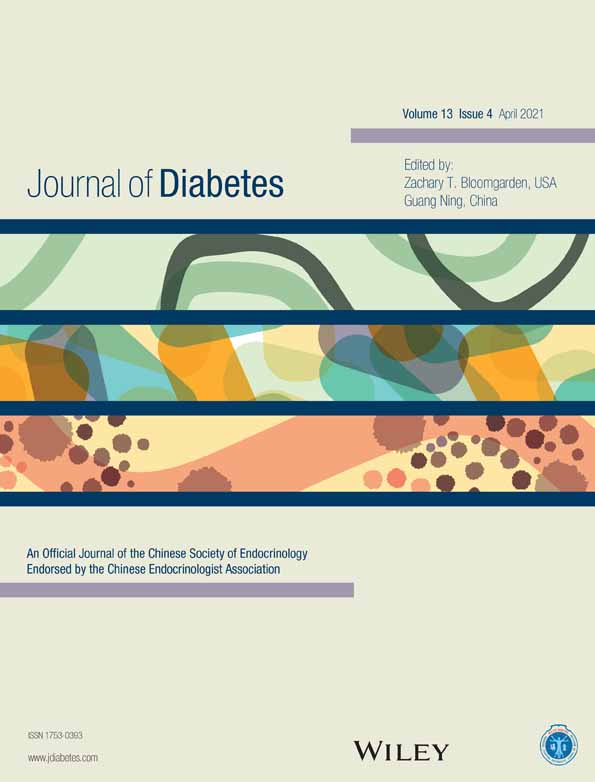Gonadal hormonal factors before menopause and incident type 2 diabetes in women: A 22-year follow-up of 83 799 women from the E3N cohort study
女性绝经前性腺激素因素和2型糖尿病的发病率:E3N队列研究中83799名女性的22年随访
Abstract
enBackground
In many populations the incidence of type 2 diabetes is higher in men than in women. This may be explained by exposure to female gonadal hormones, but so far, there is no consensus on their role over the life course in type 2 diabetes etiology.
Methods
Data are from 83 799 French women from the E3N (Etude Épidémiologique de Femmes de la Mutuelle Générale de l'Education Nationale) cohort study, followed for 22 years. Multivariable Cox models including classical risk factors were used to estimate hazard ratios (HR) and 95% confidence intervals (CI) between gonadal hormonal factors and incident type 2 diabetes.
Results
Older age at menarche, more menstrual cycles, older age at menopause, longer duration of exposure to gonadal hormones and breastfeeding were inversely associated with incident type 2 diabetes cases (n = 4806). While a longer duration of menstrual cycles (HR = 1.23 [95% CI: 1.07-1.41] comparing ≥32 vs ≤24 days) and use of contraceptive pills (HR = 1.33 [1.25-1.42]) were associated with a greater risk of type 2 diabetes.
Conclusions
In women, a longer exposure to endogenous gonadal hormones with a later menopause as well as breastfeeding were associated with a lower risk of developing type 2 diabetes, independently of classical diabetes risk factors. In contrast, the use of contraceptive agents was associated with incident diabetes, but the influence of each type of contraception and of exposure duration remain to be investigated.
摘要
zh背景
在许多人群中, 2型糖尿病的发病率在男性高于女性。这可能可以通过女性性腺激素来解释, 但到目前为止, 关于女性性腺激素在2型糖尿病病因学过程中的作用还没有达成共识。
方法
数据来源于E3N(Etude Épidémiologique de Femmes de la Mutuelle Générale de l‘Education Nationale)队列研究中的83 799名法国妇女, 随访22年。以包括经典危险因素在内的多变量Cox模型, 评估性激素因素与2型糖尿病发病之间的危险比(HR)和95%可信区间(CI)。
结果
初潮年龄大, 月经周期多, 绝经年龄大, 性腺激素暴露时间长, 哺乳时间长与2型糖尿病发病呈负相关(n=4806)。而月经周期较长(HR=1.23[95%CI:1.07~1.41], ≥32 vs ≤24天)和避孕药的使用(HR=1.33[1.25~1.42])导致患2型糖尿病的风险增加。
结论
在女性中, 绝经较晚和哺乳时间较长导致内源性性激素暴露时间越长, 患2型糖尿病的风险就越低, 这与经典的糖尿病危险因素无关。相反, 避孕药的使用与糖尿病的发生有关, 但每种避孕方法和暴露时间的影响仍有待研究。




